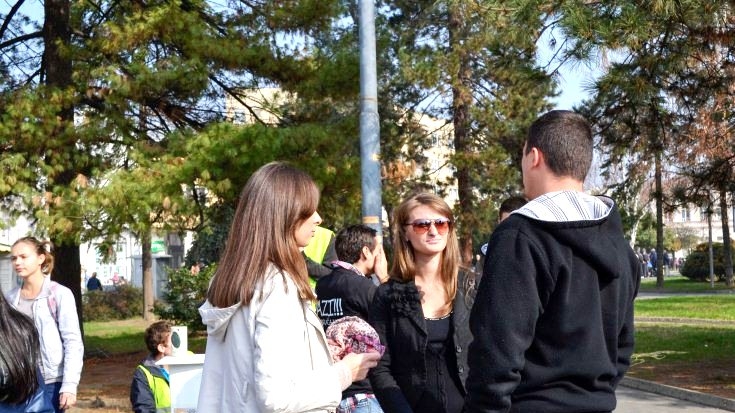“We are part of a generation that has become the record holder for the highest youth unemployment rate in Bosnia and Herzegovina ever….what are the causes of this situation and do we have a chance for a normal life?”
Answering these questions, posed in the opening paragraph of the winning essay from a recent contest exploring youth unemployment in Bosnia, is fundamental for building a foundation for economic recovery - not just for Bosnia and Herzegovina, but for all six countries in the South East Europe (SEE) region.
According to the sixth South East Europe Regional Economic Report (SEE RER), launched in May 2014, growth in the region is expected to continue through 2014 and into 2015, following modest growth of 2.2% in 2013.
While events like the recent floods that inundated the region in mid-May will undoubtedly slow future growth – particularly in the hardest hit areas of Bosnia and Herzegovina and Serbia – key drivers such as exports to the European Union and foreign direct investment point toward a continuation of this limited recovery in the region.
Looking to build on this growth, policymakers and experts in the region are turning their attention toward a variety of factors that continue to hinder growth and prevent a more rapid recovery. Fundamental to this process is addressing high unemployment, particularly among the region’s youth, which continues to affect the growth potential of Albania, Bosnia and Herzegovina, Kosovo, the Former Yugoslav Republic of Macedonia, Montenegro, and Serbia - the six countries comprising the SEE region.

